In this article, we look at the key actions to take if your mobile phone is stolen, how to protect your data, and ways to reduce the risk of theft in the first place.
Phone Theft on the Rise
Mobile phone theft is an increasing concern in the UK, with incidents on the rise, particularly in urban areas. For example, in the 12 months leading up to March 2024, approximately 78,000 individuals reported having their phones or bags stolen, marking a dramatic increase compared to previous years. London alone accounts for a significant portion of these incidents, with hotspot areas including train stations, busy high streets, and public transport hubs.
A Guide
Given the personal and financial information stored on modern smartphones, losing one to theft can be more than just an inconvenience because it can also lead to significant security risks. This guide outlines the essential steps to take if your phone is stolen, how to prevent such incidents, and the importance of mobile phone insurance.
Immediate Steps to Take If Your Phone Is Stolen
Perhaps the most important steps you can take if your phone is stolen are:
1. Attempt to Locate and Secure Your Device Remotely
Most smartphones come equipped with tracking features that allow users to locate, lock, or erase their device remotely:
- iPhone users: Use ‘Find My iPhone’ (https://www.icloud.com/find) via iCloud or the Find My app on another Apple device.
- Android users: Visit Find My Device to track, lock, or erase your phone remotely. You can use the Find My Device app or go to android.com/find on a browser. You can also use the app on a friend’s phone or tablet.
- Samsung users: Use ‘Find My Mobile’ (https://smartthingsfind.samsung.com/login) to locate or secure your device.
- If tracking is enabled, you can share your phone’s location with the police, which may help in recovery efforts.
2. Report the Theft to the Police
Call 101 or visit your nearest police station to report the theft. Provide them with your phone’s IMEI number, which can help track the device. You’ll also receive a crime reference number, which is necessary for insurance claims. Obviously, it helps to keep a note of your IMEI number somewhere separately in case of this eventuality. You can find your IMEI number by dialing *#06# on your phone’s keypad (see below) or checking your device’s settings. You can also find it on the original packaging or in your purchase documents.
Even if you believe the chances of recovering your phone are low, reporting the theft helps authorities identify crime patterns and hotspot areas.
3. Notify Your Network Provider
Contact your mobile network provider immediately to block your SIM card and, if possible, blacklist the phone’s IMEI number to prevent it from being used on UK networks.
This step also prevents thieves from making costly calls or accessing data services on your plan. Some providers cap unauthorised charges at £100, but only if you report the theft within 24 hours.
4. Inform Your Bank and Other Financial Institutions
If you use mobile banking or payment apps like Apple Pay or Google Wallet, contact your bank to suspend these services. This prevents unauthorised transactions and potential financial loss.
Some victims of phone theft have lost thousands of pounds when thieves accessed banking apps before security measures were implemented.
5. Change Passwords for Important Accounts
Using another device, update passwords for:
- Email accounts (Gmail, Outlook, etc.)
- Social media (Facebook, Instagram, Twitter)
- Banking apps
- Subscription services (Netflix, Spotify, Amazon)
This ensures that even if a thief attempts to access your data, they won’t be able to log in.
Understanding Mobile Phone Theft in the UK
The rise in mobile phone thefts is a growing concern, with government figures showing a massive 150 per cent increase in snatch thefts over the past year! Organised gangs often target high-value smartphones due to their resale value, both in the UK and overseas.
Common Methods of Mobile Phone Theft
- Snatch thefts. Thieves on bikes or mopeds grab phones from unsuspecting victims using them in public.
- Distraction techniques. Criminals use diversions, such as asking for directions, while an accomplice steals the phone.
- Pickpocketing. Crowded areas like public transport hubs are hotspots where thieves discreetly remove phones from pockets or bags.
Proactive Measures to Prevent Mobile Phone Theft
To reduce the risk of mobile phone theft, some proactive measures you can take include:
1. Staying Vigilant in Public Spaces
- Avoid using your phone while walking on busy streets or near roadsides.
- Be aware of your surroundings and hold your phone securely.
- Stand against a wall or in a safer location if you need to use your phone in public.
2. Securing Your Device with Strong Passwords
- Use a strong PIN, password, or biometric authentication (fingerprint or facial recognition).
- Enable two-factor authentication (2FA) on important accounts for added security.
3. Registering Your Phone’s IMEI Number
- Dial ** *#06# ** on your phone to display its IMEI number. Keep a record of this number in case of theft, as it will help your network provider block the device.
4. Installing a Tracking App
- Ensure tracking features like “Find My iPhone” or “Find My Device” are enabled before an incident occurs. These tools provide the best chance of recovering your phone.
5. Disabling Message Previews on Lock Screen
- To prevent thieves from accessing authentication codes or personal messages, disable message previews on the lock screen. This setting can be found in your phone’s privacy settings.
The Importance of Mobile Phone Insurance
Investing in mobile phone insurance can help mitigate the financial impact of theft. For example, many policies cover things like:
- The cost of a replacement device.
- Unauthorised usage charges.
- Loss or accidental damage.
If you don’t have standalone phone insurance, check whether your home insurance policy includes mobile phone cover.
What More Could Be Done to Help Tackle the Problem of Mobile Phone Theft?
To further combat mobile phone theft, additional measures that key stakeholders could take may include:
- Mobile phone companies strengthening anti-theft features, such as theft detection locks and offline device locking, to make stolen phones unusable.
- Police enhancing tracking and retrieval efforts, conducting targeted operations in theft hotspots, and improving cooperation with tech firms.
- Insurers offering incentives for users who enable security features and register IMEI numbers.
- Regulatory bodies mandating IMEI registration and enforcing stricter penalties for handling stolen phones.
- The launching of public awareness campaigns, educating users on security best practices and theft prevention.
By working together, these measures may also help deter theft and protect users from financial and personal data loss.
Checklist – Steps to Take If Your Mobile Phone Is Stolen
Here’s a handy checklist of essential steps to take if your mobile phone is stolen, ensuring you act quickly to protect your device and personal data.
Attempt to Locate and Secure Your Device Remotely: Use Find My iPhone/Find My Device to track, lock, or erase your phone.
Report the Theft to the Police: Call 101 and obtain a crime reference number for insurance purposes.
Notify Your Network Provider: Request to block your SIM and blacklist the IMEI number.
Inform Your Bank: Suspend Apple Pay, Google Wallet, and mobile banking apps.
Change Passwords for Important Accounts: Secure email, banking, and social media accounts.
Register Your IMEI Number: If you haven’t already, find your IMEI by dialling ** *#06# ** and store it safely.
Consider Getting Mobile Phone Insurance: Check if your phone is covered under an insurance policy to reduce financial loss.
Print this checklist and keep it in a safe place in case your phone is stolen.
Taking proactive steps to secure your phone and knowing what to do in case of theft can protect your personal data and finances. Stay alert, stay informed, and stay safe.
What Does This Mean for Your Business?
Losing a mobile phone to theft is more than just a frustration, as it can lead to serious security risks, financial loss, and personal inconvenience. With phone theft becoming more common, particularly in busy urban areas, knowing how to respond effectively is essential. Acting quickly by locking the device remotely, reporting the theft to the police and network provider, and securing financial accounts can significantly reduce the potential damage.
However, the best way to stay protected is through prevention. Taking simple precautions, such as keeping your phone out of sight in high-risk areas, using biometric security features, and ensuring remote tracking is enabled, can make all the difference. While no measure can guarantee complete safety, being proactive about security can lower the risk of falling victim to opportunistic thieves.
Mobile phones have become central to daily life, storing vast amounts of personal, financial, and business data and information. By taking steps to secure your device before it is stolen and knowing exactly what to do if the worst happens, you can stay in control even when faced with a crime that is becoming increasingly common.




